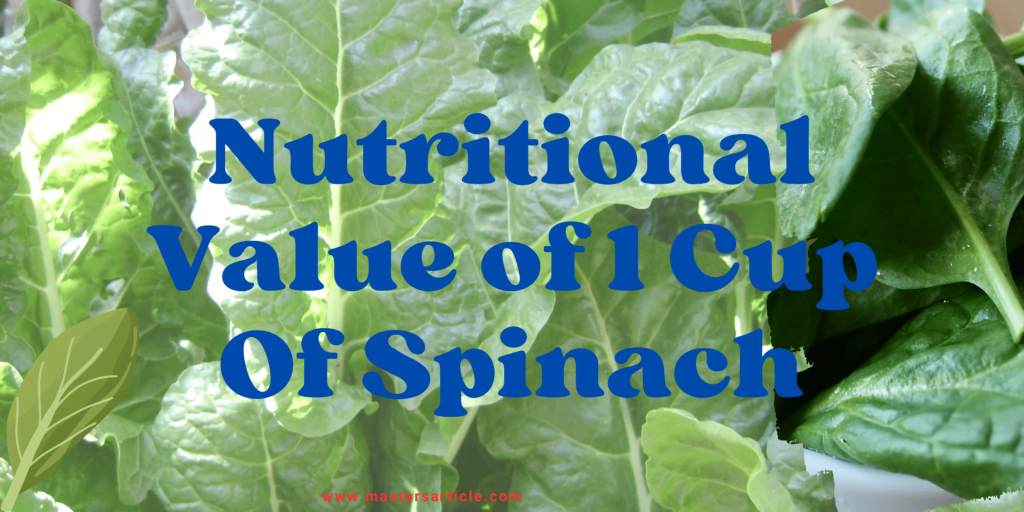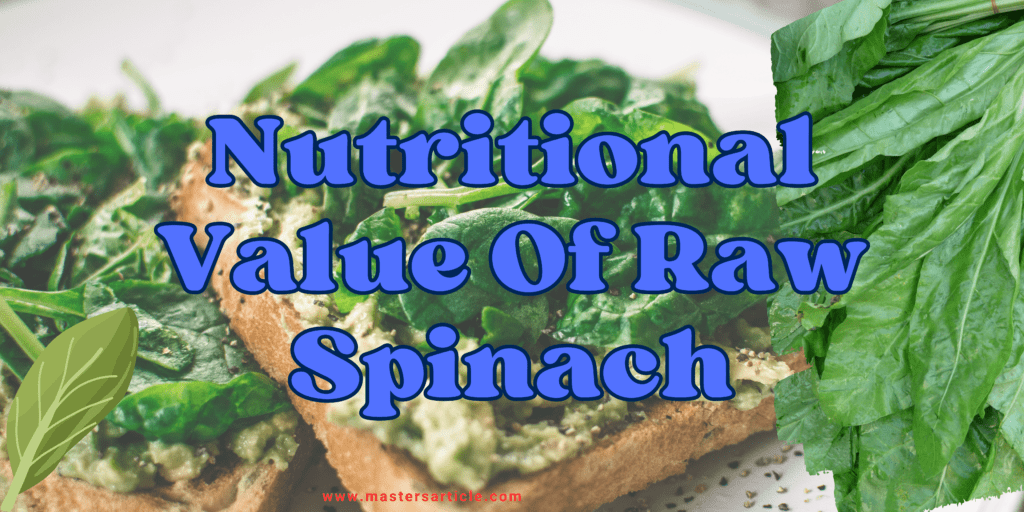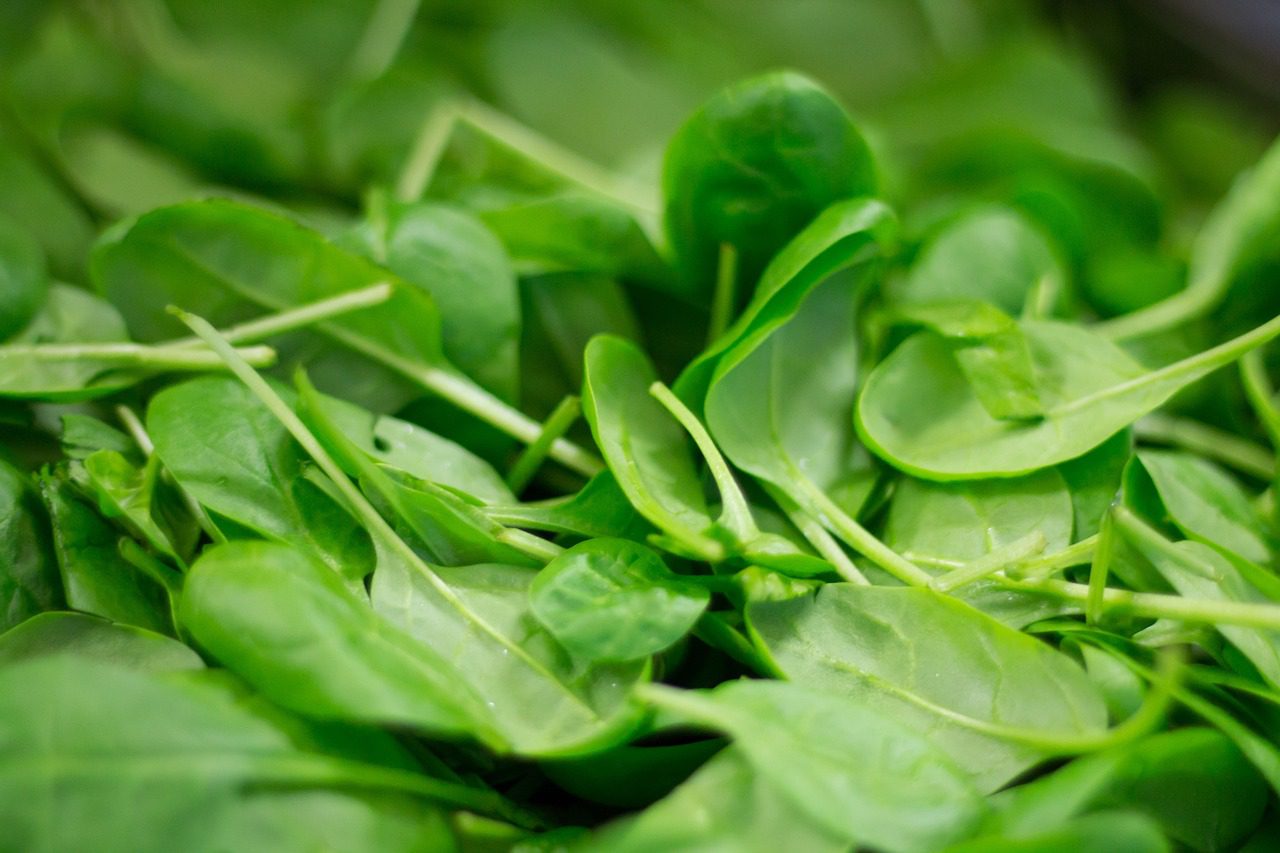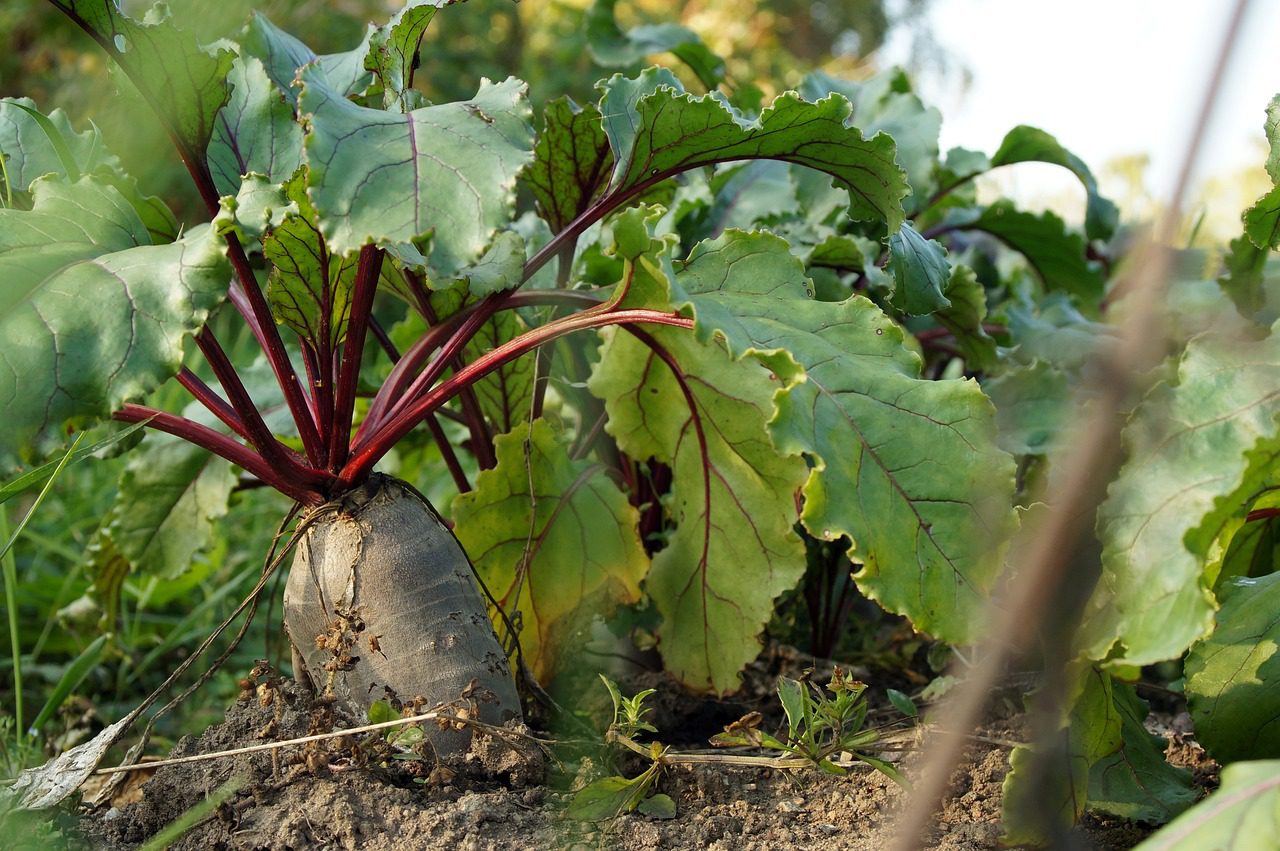Nutritional value of 1 cup of spinach: Many people are looking for ways to improve their diet and overall health, yet they struggle to find foods that are both nutritious and versatile. While many vegetables provide various health benefits, it can be difficult to determine which vegetables in terms of vitamins, minerals and overall nutrition value provide the most benefits for your money.
Stimulated
You may have heard that the spinach is healthier, but how often have you thought of its specific nutritional benefits? Without clear information, it’s easy to ignore this leafy greens or understand its role in a balanced diet. The wrong notions about its taste and how to join it in food can prevent you from making the maximum benefit of this powerful vegetable. With so many food options, you can feel overwhelmed and be unsure about the actual benefits of incorporating spinach into your diet.
Must read: Age Of Height Growth In Male
Solution
Understanding the nutritional value of 1 cup spinach can change your way of viewing this leafy green vegetable and motivate you to include it in your daily meals. Let’s dive into nuisance through the nuine using major SEO-friendly phrases like 100 grams of spinach nutrition, and the raw spinach’s nutrition value.

What is spinach?
Spinach is a dark leafy green vegetable, which belongs to the Amarentasi family. It is famous for its high nutrition value and versatility in various recipes. Whether eat raw in salad, mixed in smoothie, or cooked in soups and stew, spinach is a diet stad that can significantly increase your health.
Spinach nutrition fact 100 grams
To understand the benefits of spinach, let’s first look at its nutritional structure. Here are the nutritional facts of the spinach for 100 grams of raw spinach:
- Calorie: 23
- Protein: 2.9 grams
- Carbohydrate: 3.6 grams
- Digital fiber: 2.2 grams
- Sharkar: 0.4 grams
- fat: 0.4 g
- Saturated fat: 0.06 g
- Water: 91.4 g
100 grams of vitamins and minerals in spinach
Spinach is filled with vitamins and minerals that are important to maintain good health. Here is the detailed details:
- Vitamin A: 469 micrograms (52% of daily value)
- Vitamin C: 28.1 mg (47% of daily value)
- Vitamin K: 482.9 micrograms (402% of daily value)
- Folate: 194 micrograms (49% of daily value)
- Iron: 2.7 mg (15% of daily value)
- Calcium: 99 mg (10% of daily value)
- Magnesium: 79 mg (20% of daily value)
- Potassium: 558 mg (16% of daily value)
Raw spinach benefits
The nutritional value spinach of raw spinach is a superfood that can contribute to various aspects of health:
1. eye health: Spinach contains plenty of beta-carotene, lutein and zexanthin, which are important to maintain healthy vision and prevent age-related spinach choppersion.
2. Bone health: Supports bone health by promoting salcium absorption rich in vitamin K and reducing the risk of osteoporosis.
3. Heart health: folate, potassium and fiber present in spinach help control blood pressure and reduce risk of cardiovascular diseases.
4. Incraction Help: Vitamin C and Vitamin A strengthen the immune system, helping your body fight more effectively than infections.
5. Anemia prevention: The iron present in spinach is necessary for the production of red blood cells, which can prevent anemia and increase energy levels.
How to include spinach in your diet
Now that you’ve understood the nutritional value of raw spinach, here are some practical ways of incorporating it into your diet:
Salad: Put a handful of raw spinach leaves in your salad, so that nutrition increases immediately. Mix it with other vegetables, meves and light dressings to eat delicious and healthy.
Smoothies: Mix the spinach with fruit and almond milk like banana, berries. The light taste of spinach makes it easy to include without much affecting the taste.
Soup and Stu: Mix spinach into soup and stu just before serving. This way helps to increase color and texture as well as maintain its nutrients.
Egg dishes: Mix the spinach in fried eggs, omletes or fritata for breakfast or brunch options.
Sandwich and Raps: Use spinach leaves instead of lettuce in sandwiches and wraps to increase your intake of vitamins and minerals.
Compare spinach to other leafy vegetables
While spinach is incredibly nutritious, it’s also helpful to compare it to other leafy vegetables to understand its unique benefits. Here’s how the spinach stands against another popular leafy vegetable kale:
Spinach vs Kell (per 100 grams)
- Calorie: Spinach (23) vs Kell (35)
- Protein: Spinach (2.9 g) vs Kell (2.9 g)
- Carbohydrate: Spinach (3.6 g) vs Kell (4.4 g)
- Fiber: Spinach (2.2 g) vs Kell (4.1 g)
- Vitamin A: Spinach (469 mcg) vs Kell (681 mcg)
- Vitamin C: Spinach (28.1 mg) vs Kell (120 mg)
- Vitamin K: Spinach (482.9 mcg) vs Kell (704.8 mcg)
- Iron: Spinach (2.7 mg) vs Kell (1.6 mg)
As shown, spinach and kale are both very beneficial for health, but spinach has too much iron and vitamin K volume.
Denial of myths associated with spinach
There are many myths about spinach, which can prevent people from incorporating it in their diet. Let’s deny some of these myths:
Myth: It is important to cook him to make the spinach nutritious.
- Truth: Cooking spinach can increase the absorption of some nutrients like Iron and calcium, but raw spinach is also very nutritious and provides many vitamins and minerals.
Myth: Spinach has too much oxalate.
- Truth: Spinach contains oxalate, which can connect to calcium and reduce its absorption. However, for most people, the spinach’s health benefits are far greater than this concern. People with kidney stones may have to reduce its intake.
Myth: Spinach is tasteless and boring.
- Truth: The light taste of spinach makes it incredibly versatile. It can be easily included in many types of recipes from salad and smoothie to soup and stew.

Conclusion on Nutritional value of 1 cup of spinach | 100g spinach nutrition
Spinach is a nutrient store, which provides adequate health benefits when incorporated in a balanced diet. The nutritional value of 1 cup spinach, as detailed by the nutritional facts of 100 grams of spinach and the overall nutritional value of raw spinach, highlights its importance as a diet principal. By incorporating spinach into your daily food, you can improve your eye health, bones health, heart health, immune system, and energy levels.
Understanding the specific benefits and practical ways of incorporating spinach into your diet can change your approach to healthy eating. By removing common myths and comparing spinach to other leafy vegetables, you can make informed decisions that contribute to your overall health.
So, the next time you’re planning your meals, don’t forget to include a handful of spinach in your recipes. Whether raw or cooked, this leafy greens will provide important nutrition in your diet.
You can also read: Proper Diet Plan For Healthy Body
FAQ on Spinach nutrition facts 100g | Nutritional value of raw spinach
How does the spinach contribute to a balanced diet?
Spinach provides many necessary nutrients with minimum calories. It’s an excellent addition to a balanced diet, which supports overall health, energy levels, and disease prevention.
How much spinach should I eat daily?
While there is no special recommendation for spinach intake, incorporating a few cup of raw spinach into your daily diet can significantly increase your nutrient intake. Diversity is important, so include other vegetables too.
Can spinach help in weight loss?
Yes, spinach has calories lower and fiber higher, which can help manage weight loss by filling the abdomen and reducing the total calorie intake.
Is organic spinach better than non-organic spinach?
Organic spinach may have lower pesticide levels, but organic and non-organic spinach both provide similar nutritional benefits. Washing the spinach well can reduce the residues of pesticide.
How should spinach be stored to maintain his nutritional value?
Store the spinach in the refrigerator, ideally in plastic bag with paper towels to absorb moisture. Use it within a week to maintain freshness and nutrients.
Are there any side effects of eating too much spinach?
Eating overdose spinach can increase oxalate levels, which can affect people suffering from a kidney stone. Strength is the most important.
Can spinach be freezed for later use?
Yes, you can freeze the spinach. Blanching it before freezing it keeps its color, texture and nutritional value safe.
What are some such flickering recipes that include raw spinach?
Here are some ideas:
- Spinach salad: Mix the spinach with strawberries, nuts and light vigraits.
- Green Smoothie: Mix the spinach with banana, common and almond milk.
- Spinach Rap: Fill an whole grain wrap from spinach, turkey and avocado.
- Spinach and egg muffins: Bake the spinach in muffin tin with eggs and cheese for portable breakfast.
Can eating spinach benefit children?
Yes, children can be benefited from the nutrients of spinach, which are helpful in growth and growth. Include spinach to children’s friendly recipes such as smoothie, pasta sauce and quasadila.
How does spinach promote athletic performance?
The amount of iron present in spinach helps maintain energy levels, while its nitrates can improve blood flow and oxygen supply to the muscle, thereby potentially increasing athletic performance.
You can also read:
What is the difference between weight loss and fat loss?
Advantage Of Drinking Turmeric Milk
Best Language For Android Development in 2024
What is Physical Science: Study of Matter and Energy
10 Uses of Artificial Intelligence in Our Daily Life
Ashwagandha Can Increase Height









Leave a Reply